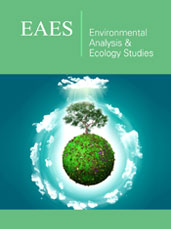Complexities of Species Co-Existence within Modern, Urbanized Landscapes by Erin C Mc Cance* and Richard K Baydack in Environmental Analysis & Ecology Studies
During the latter half of the twentieth century, human population growth and urbanization resulted in significant changes in human occupancy of the landscape, re-shaping the global footprint, and creating new ecological spaces. Although these human induced land-use changes are relatively recent, they are occurring at a rapid rate, leaving humans and wildlife to compete, more than ever before, for available space and resources. Ecologists have Primarily studied species populations and communities in non-urban environments and have largely avoided the urbanized world [1]. For many species, urban environments offer numerous benefits and although human development has certainly encroached on wildlife habitats, many wildlife species have realized the benefits present within urban environments, and have encroached right back [2], defining a new way of living for both human and wildlife species. The urban-wild land boundary has now become increasingly obscure. Within these city spaces, urbanites have complex and shifting views on how to adapt to their new 'neighbours". The resulting dynamics between humans and wildlife have never been more "confused, complicated, and conflicted" [2]. Managers called upon to reduce human-wildlife conflict in urban areas find themselves within an arena of competing interests as they face the ecological and social dynamics associated with urban wildlife management




No comments:
Post a Comment